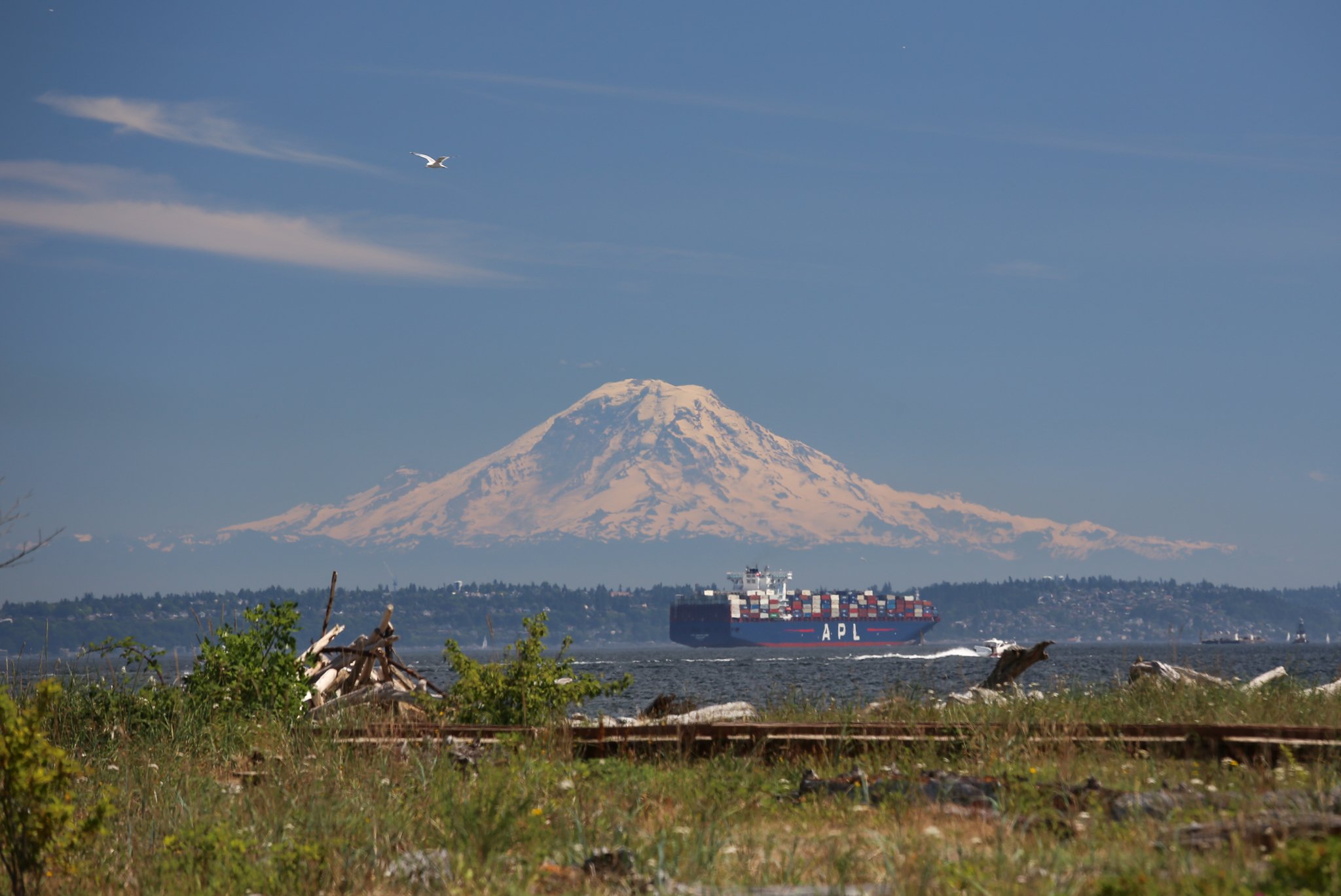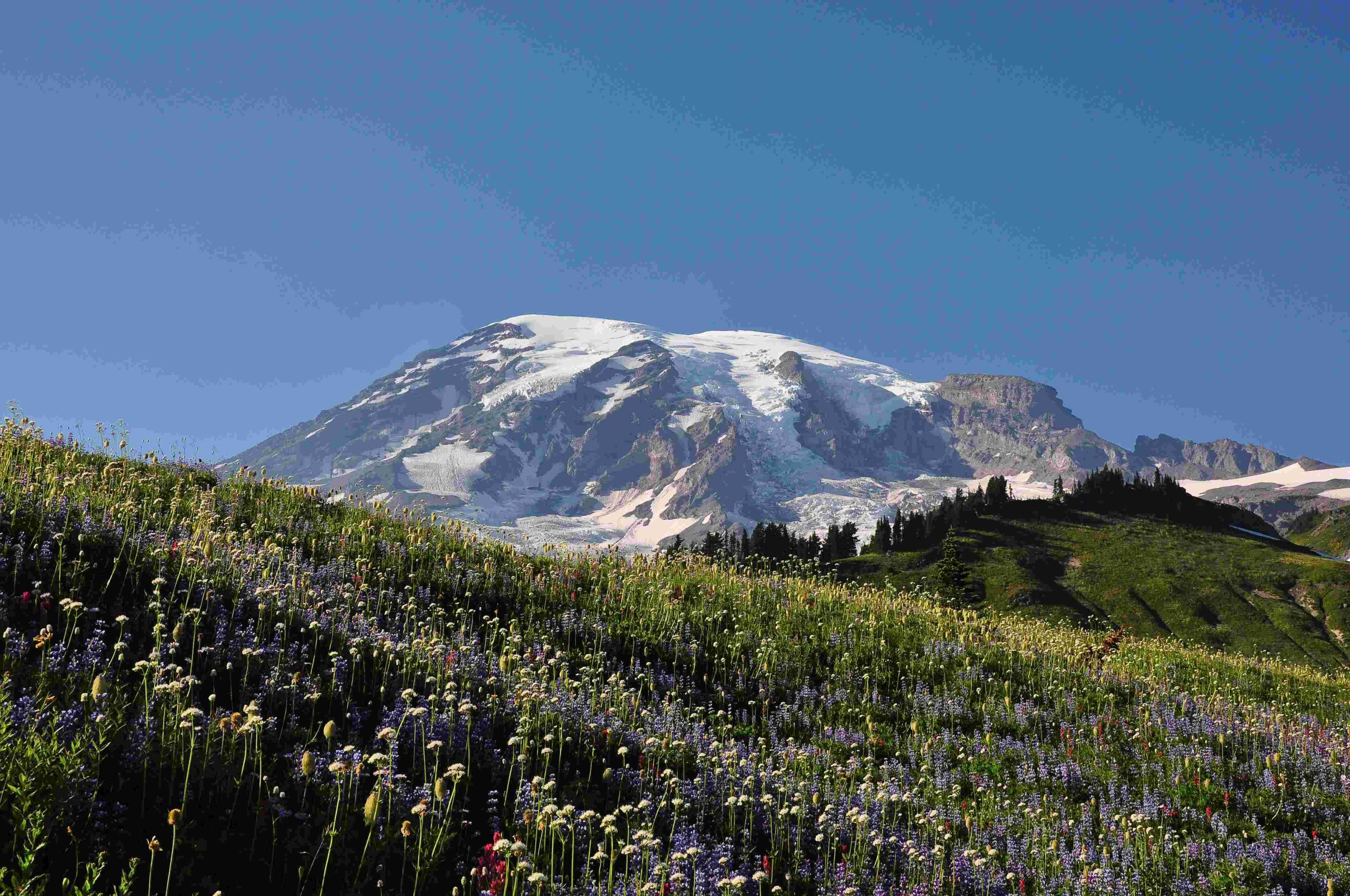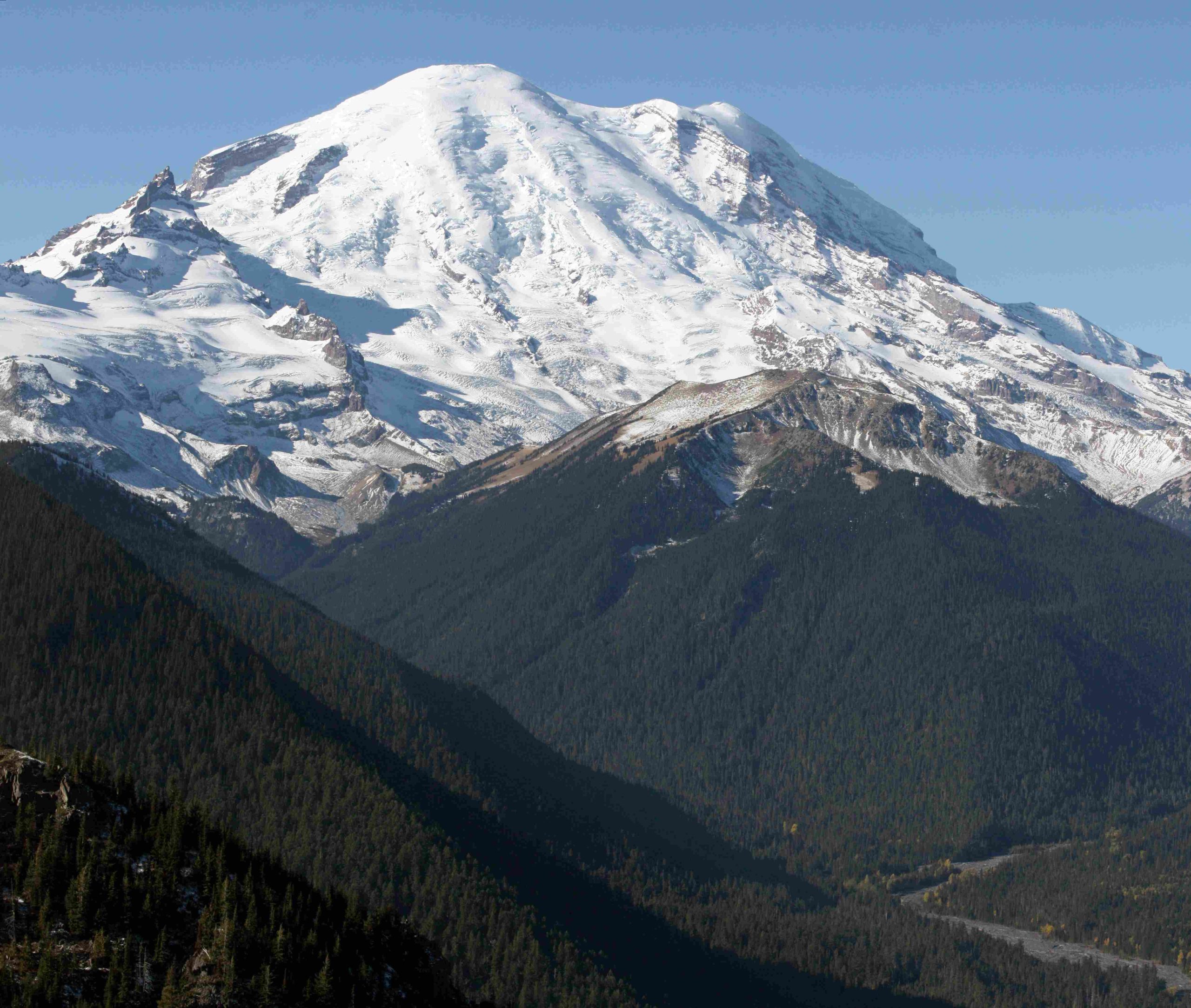The Mount Rainier rain shadow is a fascinating meteorological phenomenon that significantly impacts the climate, ecology, and landscape surrounding this iconic Washington State volcano. This effect occurs when moist air from the Pacific Ocean rises to pass over Mount Rainier, creating stark contrasts in precipitation, temperature, and vegetation between the mountain’s windward and leeward sides. The rain shadow’s influence extends far beyond the immediate vicinity of Mount Rainier, shaping the diverse ecosystems of the Pacific Northwest.
What is the Mount Rainier Rain Shadow?

The Mount Rainier rain shadow is a weather pattern created by the mountain’s massive presence. As moisture-laden air from the Pacific Ocean encounters Mount Rainier, it is forced to rise. This upward movement causes the air to cool, condense, and release precipitation on the windward (southwest) side of the mountain. As the air descends on the leeward (northeast) side, it warms and dries, resulting in significantly less precipitation.
Key characteristics of the Mount Rainier rain shadow include:
- Heavy precipitation on the windward side
- Dramatically reduced rainfall on the leeward side
- Distinct vegetation patterns
- Temperature variations between sides
How Does the Rain Shadow Affect Precipitation Patterns?

The Mount Rainier rain shadow creates a stark contrast in precipitation between the mountain’s windward and leeward sides:
| Location | Side | Annual Precipitation |
|---|---|---|
| Paradise | Southwest (Windward) | 112 inches |
| Sunrise | Northeast (Leeward) | 75 inches |
This difference is even more pronounced when considering snowfall:
- Paradise holds the world record for annual snowfall with 1,122 inches in the 1971-72 season.
- Areas like Crystal Mountain on the leeward side experience significantly drier conditions.
What Impact Does the Rain Shadow Have on Local Flora and Fauna?
The Mount Rainier rain shadow creates distinct ecosystems on either side of the mountain:
- Windward Side:
- Lush, green vegetation
- Dense forests
-
Diverse plant species adapted to high moisture levels
-
Leeward Side:
- Sparser vegetation
- More drought-resistant plant species
- Open meadows and drier forests
These differences in vegetation directly influence the wildlife populations, with species adapting to the specific conditions on each side of the mountain.
How Does the Rain Shadow Affect Temperature and Climate?
The Mount Rainier rain shadow creates noticeable temperature and climate variations:
- Windward Side:
- Cooler temperatures due to adiabatic cooling of rising air
- More cloud cover and precipitation
-
Higher humidity levels
-
Leeward Side:
- Warmer temperatures due to adiabatic warming of descending air
- More sunny days
- Lower humidity levels
These climate differences contribute to the creation of microclimates around Mount Rainier, with the leeward side experiencing conditions more similar to a desert climate in some areas.
What Are the Best Techniques for Capturing Mount Rainier Rain Shadow in Photography?
To capture the unique atmospheric effects of the Mount Rainier rain shadow, consider the following tips:
- Timing:
- Shoot during sunrise or sunset for optimal lighting
-
Look for lenticular clouds, cap clouds, and wave clouds
-
Equipment:
- Use a camera with good dynamic range
- Opt for a wide-angle lens to capture the mountain and surrounding clouds
-
Shoot in RAW format for better post-processing flexibility
-
Locations:
- Paradise Valley
- Sunrise area
- Subalpine meadows around the mountain
What Amenities and Facilities Are Available for Visitors to Explore the Rain Shadow?
Mount Rainier National Park offers various amenities for visitors interested in experiencing the rain shadow effect:
- Parking areas at Paradise and Sunrise (limited during peak season)
- Accessible trails and facilities for visitors with disabilities
- Guided tours and ranger programs focusing on the area’s natural history, geology, and climate
- Visitor centers with educational exhibits and information about the rain shadow effect
How Does the Rain Shadow Influence the Broader Pacific Northwest Region?
The Mount Rainier rain shadow is part of a larger rain shadow effect created by the Cascade Range:
- The Columbia Basin, east of the Cascades, receives less than 8 inches of precipitation annually due to this broader rain shadow.
- This regional effect creates a stark contrast between the lush, wet western Washington and the drier, more arid eastern Washington.
- The rain shadow influences agricultural practices, water management, and ecosystem distribution across the state.
What Are the Long-term Implications of the Mount Rainier Rain Shadow on Climate Change?
As global climate patterns shift, the Mount Rainier rain shadow may experience changes:
- Potential intensification of the rain shadow effect due to altered atmospheric circulation patterns
- Changes in snowpack accumulation and melt timing, affecting water resources in the region
- Shifts in vegetation zones and wildlife habitats as temperature and precipitation patterns evolve
Understanding these potential changes is crucial for conservation efforts and long-term environmental management in the Mount Rainier region.
The Mount Rainier rain shadow is a testament to the profound influence that topography can have on local and regional climate. By shaping precipitation patterns, vegetation distribution, and temperature variations, this phenomenon plays a crucial role in the diverse ecosystems of the Pacific Northwest. As climate change continues to impact global weather patterns, monitoring and understanding the Mount Rainier rain shadow will be essential for predicting and adapting to future environmental changes in this iconic landscape.
References:
1. KNKX Public Radio – Heavy rain, big snow, high winds, weird clouds — how Mount Rainier affects the weather
2. The Weather Forums – Interesting thing about Volcano shadows…
3. The Weather Prediction – SHEDDING SOME LIGHT ON THE PACIFIC NORTHWEST RAIN SHADOW

